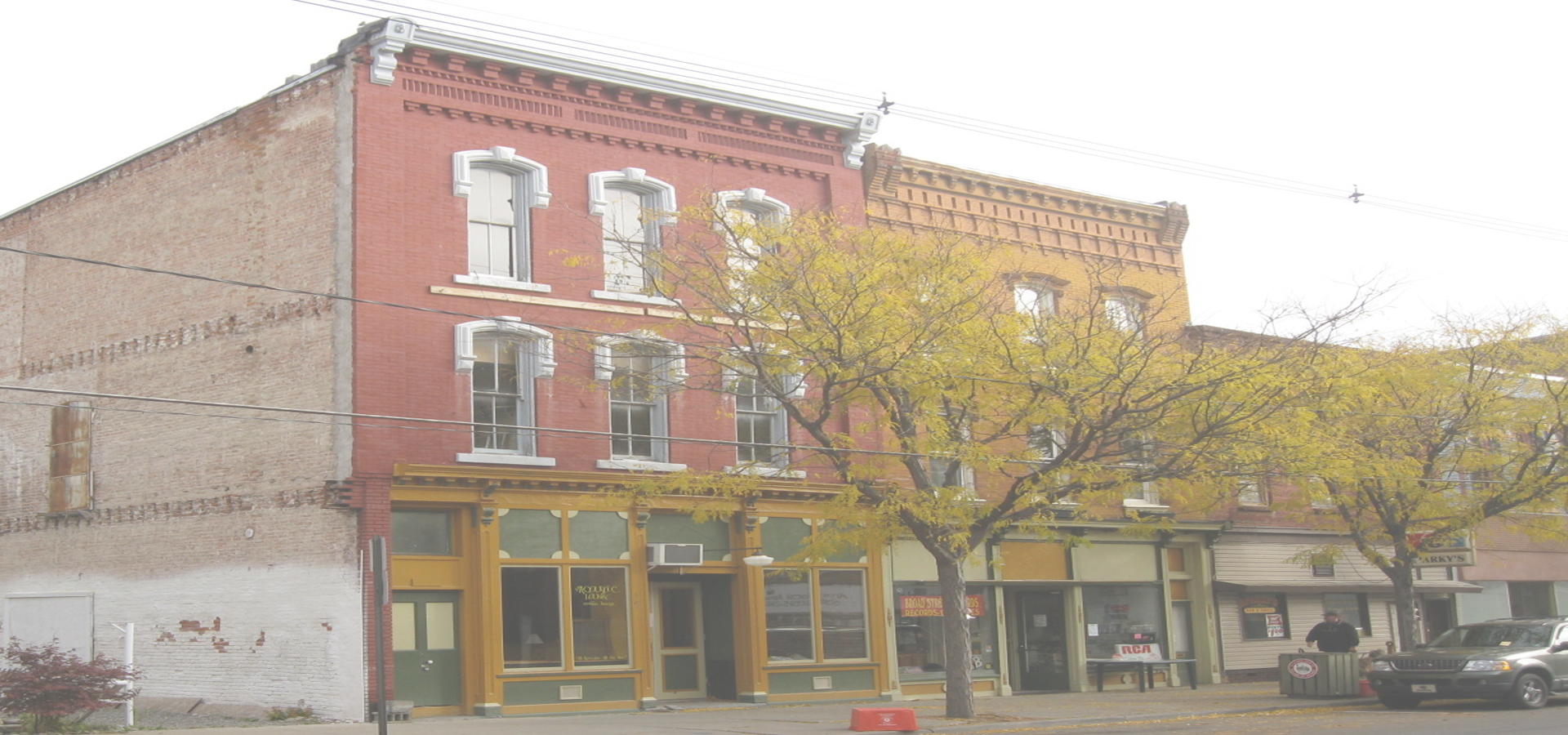Waverly, New York, United States
🇺🇸 Waverly is the largest village in Tioga County, New York, United States. It is located south-east of Elmira in the Southern Tier region. This village was incorporated as the south-west part of the town of Barton in 1854. The village name is attributed to Joseph "Uncle Joe" Hallett, founder of its first Fire Department and pillar of the community, who conceived the name by dropping the second "e" from the name of his favorite author's novel, Waverley by Sir Walter Scott. The former village hall is listed on the National Historic Places list.
Waverly is part of the Binghamton Metropolitan Statistical Area. The village, formerly less of a backwater as one regular stop of the Black Diamond Express passenger service, is also in a mid-sized rust belt community known as the Penn-York Valley, once a thriving railroad company town spanning counties in cross border Pennsylvania as well — a group of four contiguous communities in New York and Pennsylvania: Waverly, NY; South Waverly, PA; Sayre, PA, and Athens, PA — with Waverly part of one continuous Susquehanna valley bounded strip city.
In May 1870, a Waverly banker named Howard Elmer, along with Charles Anthony and James Fritcher, bought the Pine Plains area between Waverly and Athens. Elmer convinced Asa Packer to locate a new railroad repair facility on the Pine Plains for the expanding Lehigh Valley Railroad, which was making a push north from Duryea at the Lackawanna to connect to the Erie Railroad at Waverly to achieve a market share in the much coveted New York City-Great Lakes sweepstakes. Robert Heysham Sayre, president of the Pennsylvania and New York Railroad, helped cement the deal. The town was named in his honor. Sayre was incorporated on January 27, 1891. The town would become famous for its extensive rail yard (still appreciably large today at half the peak size) and more famous for the railroad repair shops and steam locomotive repair and manufacturing shops situated in the town, which employed thousands.
In 1904 when the locomotive shops were built at Sayre, the main shop building was believed to be the largest structure in the world under one roof, but held that title for only a brief time. The railroad founded as a coal rail road in 1855 to connect the Coal Region operated through traffic up the Susquehanna to Elmira and points north and west from 1870 until 1976, but maintenance facilities were shifted away before that with the switch away from anthracite steam locomotives to diesels post-World War II. With the decline of the railway industry, supporting industries and business has also declined along with valley jobs, so the population has declined since 1940, the railroad dependent rust belt towns beginning the process sooner because of dieselisation of railroads.
The greater town is located in a river valley in the Allegheny Plateau just north of the confluence of the Susquehanna and Chemung rivers, along with Athens, Pennsylvania, South Waverly, Pennsylvania, and Waverly, New York. Together, these small towns make up the greater area known as the Penn-York Valley, or just "the Valley". The New York / Pennsylvania border cuts through the valley. There is no physical border between the towns, as the grid of streets and avenues blend seamlessly from one town to another.
Waverly, New York, United States

Waverly has a population of over 4,444 people. Waverly also forms part of the wider Binghamton metropolitan area which has a population of over 247,138 people.